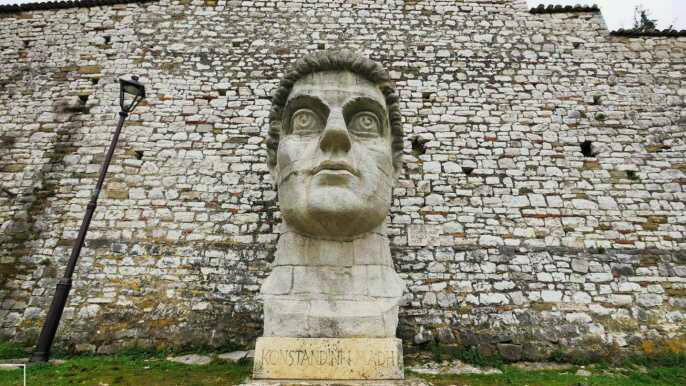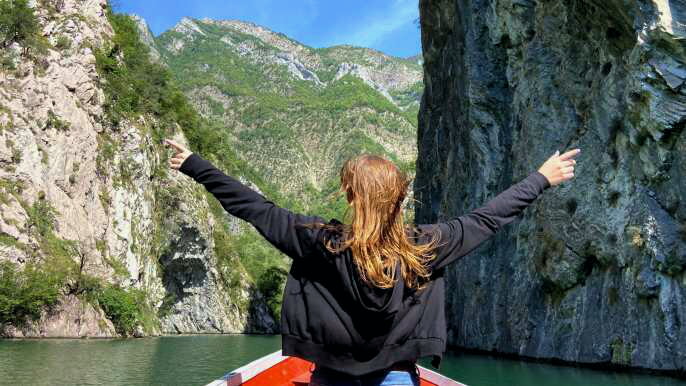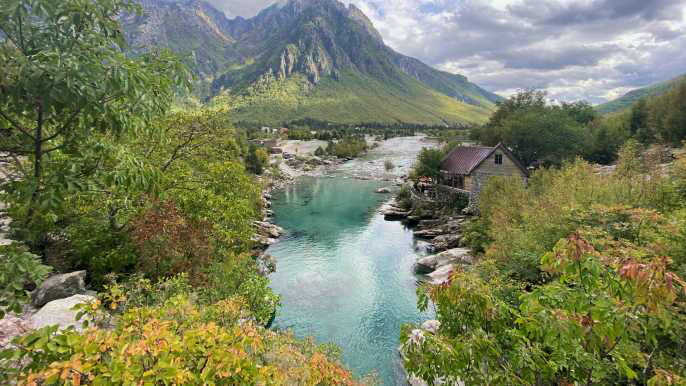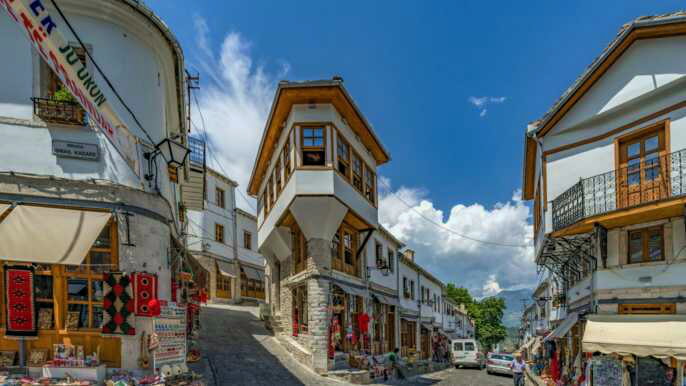Durres is home to some of the most beautiful and interesting historical and archaeological sites in Albania. Throughout the city there are Roman, Byzantine and Ottoman ruins, as well as reminders of the monarchy that once watched over it.
Among the most impressive of these are the weathered Roman-era Amphitheatre and the castle. You can also check out the Archeological Museum, which contains an array of artifacts from different eras.
The Amphitheatre
The Amphitheatre in Durres is one of the oldest Roman structures in the Balkans, built in the 2nd century by Emperor Trajan. It was once the largest in the Balkans with a capacity of 20,000.
The structure is elliptical in shape, with galleries and staircases within the arena. It is a great example of the Roman use of 'opus incertum' (irregular brockwork).
The Durres Amphitheatre has been listed as one of Europe’s most endangered heritage sites. As it is surrounded on all sides by modern housing, structural deficiencies are prevalent.
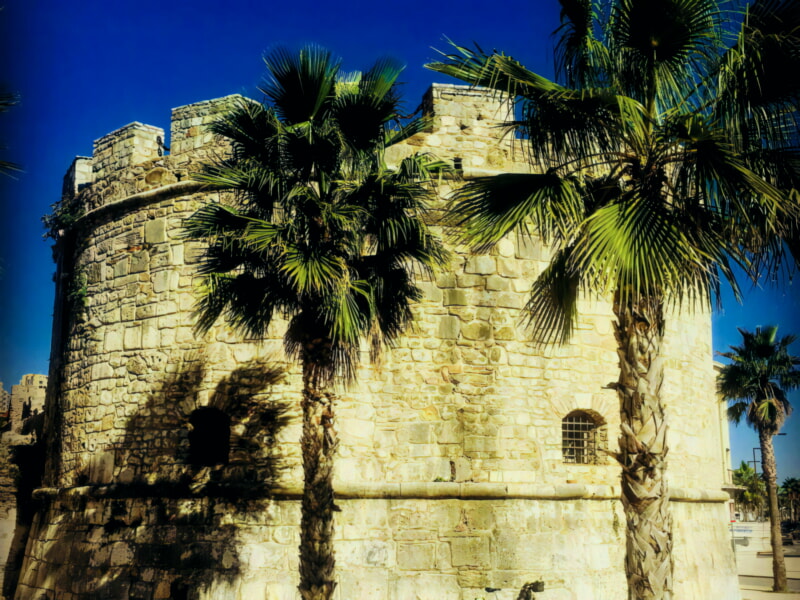
The Castle
Besides the Amphitheatre, one of Durres’ most iconic landmarks is the Castle of Durres, which was built on Byzantine ruins. It is one of the most comprehensive sets of walls from Late Antiquity in the Balkans and remains a popular destination for tourists.
The Castle is also home to a number of interesting monuments. The main tower that is part of the castle walls, known as the Venetian Tower was built during the 15th century on Byzantine ruins and is one of the most recognized structures in Durres.
Other must-sees in this town are the Roman thermal baths and the medieval Turkish bath, both of which are set within a walled complex. These buildings are a fascinating reminder of the city’s past and are sure to make your stay in Durres one you’ll remember forever.
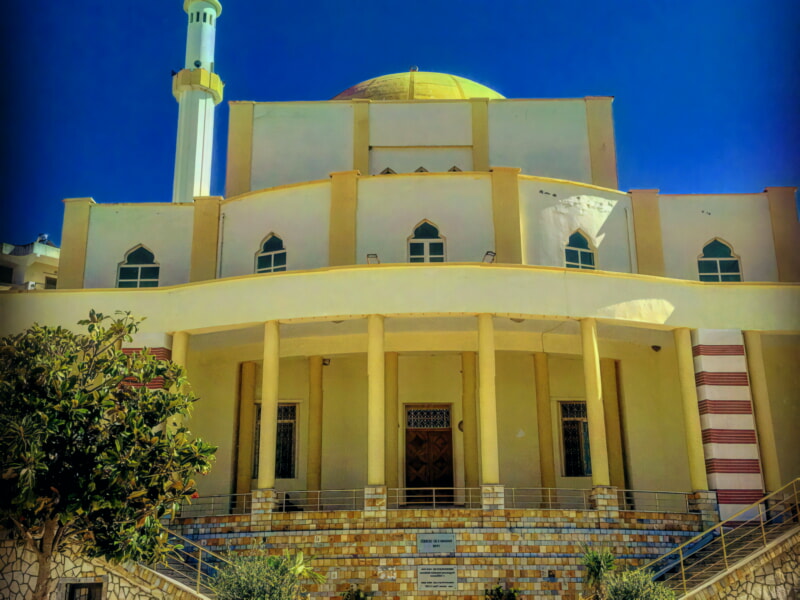
The Archeological Museum
The Archeological Museum (Muzeu Arkeologjik i Durresit) was established in 1951 and is one of the largest archaeological museums in Albania. It contains artifacts from Greek Antiquity, the Hellenistic, Byzantine and Roman eras.
It's located near the beach and is a great place to learn about ancient history in Durres. It was severely damaged during the 1997 rebellion in Albania, but it has been restored since and now boasts a modern feel with informative signage.
The museum is a treasure trove of artefacts from all over Albania's history, and the staff do an excellent job displaying them. The displays are well organized and well curated, and the guides are friendly and knowledgeable.
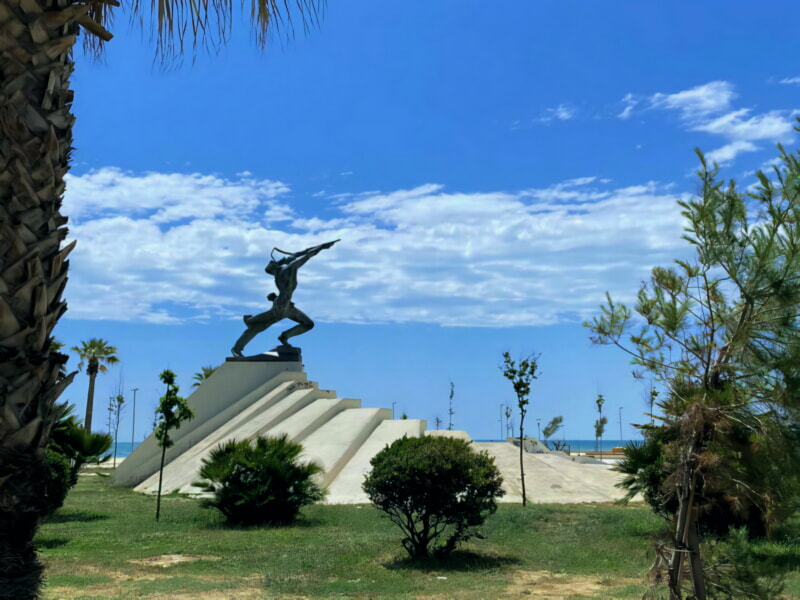
The Promenade
The promenade, Durres’ largest seaside street, has numerous restaurants and cafes. It’s a popular destination for both tourists and locals.
The city is known for its imposing Roman amphitheatre, also known as Dyrrachium, and it is one of Albania’s tentative World Heritage Sites.
Durres was the starting point of the Via Egnatia, the main Roman road across the Balkans to Constantinople. It was also a centre of Islamic learning in Albania, where many converted to Islam during four centuries of Ottoman rule.
During the First World War, Durres was occupied by Italy in 1915 and Austria-Hungary in 1916-1918. It was restored to Albanian sovereignty in 1918 and became the country’s temporary capital.
The Sunset
Durres is a popular destination for tourists who enjoy taking photos of the sunset. The city is well-known for its many beautiful beaches, which are the perfect backdrop to the spectacular views of the sun going down. This is why you’ll want to find out what time the sunset will be in Durres so that you can take advantage of this natural phenomenon when you arrive.
All times are local. They are adjusted for Daylight Saving Time (DST) where applicable and take into account refraction. This information is provided by Weather Underground, a global weather forecasting service. The data is updated daily.
